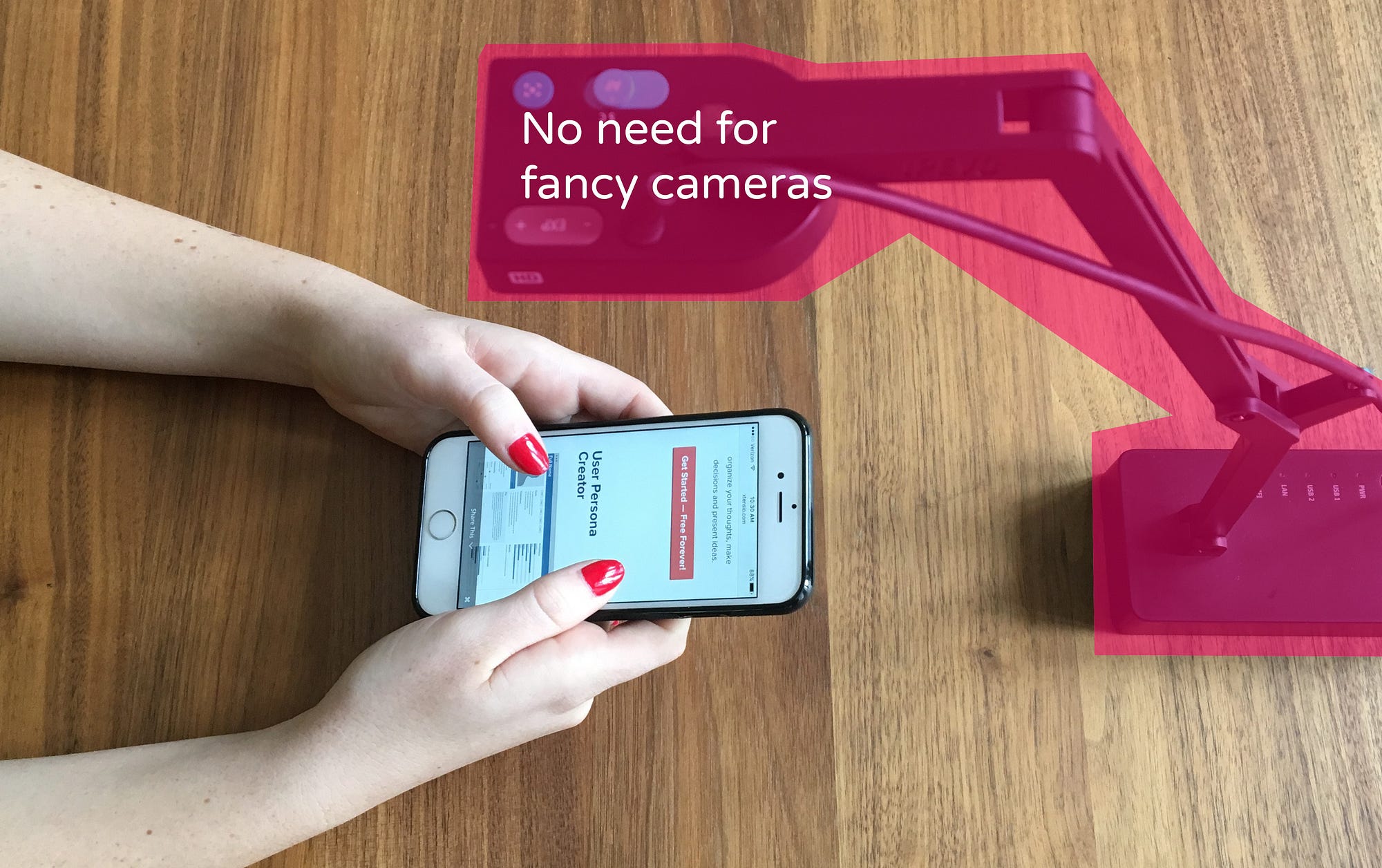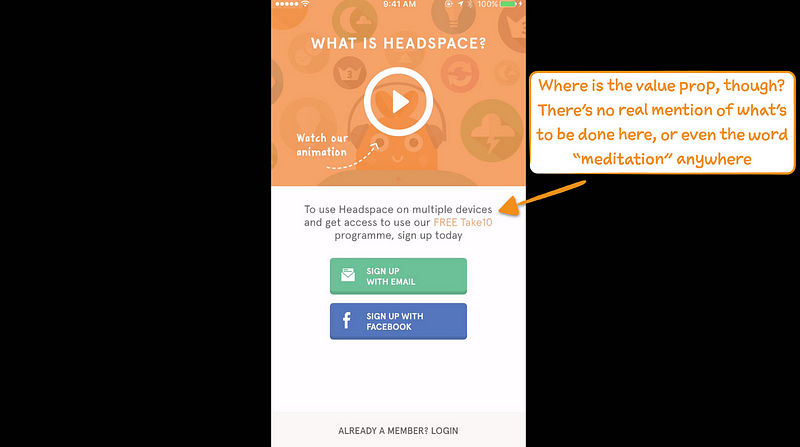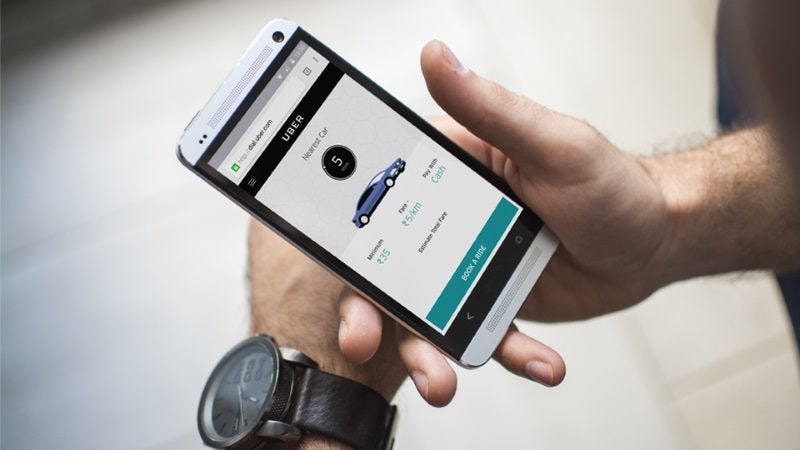
Remote user testing is a method of gathering insights from users or customers by watching them use and talk about your app (usually in the form of a video screen recording or live video chat).
In this article, we’ll explain why, specifically unmoderated remote user testing (remote user feedback videos), is a great way to get valuable user insights to improve your mobile app and product.
User testing tells you the WHY
A plethora of mobile analytics tools show you what people are doing.
People are dropping off on that page or not clicking on that sign-up button. But WHY?
Maybe the image was off-putting which is why they didn’t click the sign-up button. Or maybe they were confused about what they’d get for signing up in the first place? There could be a myriad of reasons that range from emotional to technical that your analytics don’t tell you, no matter how fancy it might be.

Sometimes you can take an educated guess, and so you end up a/b testing a few solutions around those guesses. This can sometimes work, but setting up and running an a/b test on the wrong things risks wasting valuable time and resources. So to reduce these risks, getting unbiased feedback your users can be much more effective and eye-opening.
Feedback in-context is key for mobile
To get unbiased feedback on your app from your users, one of the most important things to consider is that you want to be doing it at the right time with the right type of users.
Gathering feedback from your existing app users who complain via customer service vs. new users who have just downloaded your app are vastly different types of feedback with different goals.
For the latter (new users), it’s best if you can have them talk in-context of experiencing your app for the first time. Remote user testing sessions can allow you to do this by having your users think out loud while watching their interactions.

Beyond first-time users, getting feedback in-context is really important for mobile apps as it’s much more context sensitive and personal compared to websites. Imagine how much you can learn if you can constantly look over someone’s shoulder AND read their mind while they are on that critical sign-up screen (w/ lots of dropoffs)! While this isn’t possible (at least not yet), remote unmoderated user testing can get you close.
Minimize bias by maximizing natural context
There are two ways remote user testing is usually done which are moderated_and _unmoderated. Moderated remote user testing is simply user feedback sessions that are conducted live via video chat. They are great to go deeper into certain topics, but require craft and skills to conduct while minimizing bias. Unmoderated remote user testing is one that is done by the user in their own comfortable setting and time while following a set of tasks or questions.

There’s pros/cons to each of these methods, but generally unmoderated user testing is much more efficient because there is no scheduling, little setup and no time spent conducting sessions.
Most importantly, unmoderated user testing is highly unbiased because the feedback is in-context and without the pressure of being watched or being polite. Watching what people do in their natural environment combined with them verbalizing their thoughts/reactions—makes unmoderated user testing a very powerful tool. You can find out more about the differences and pros/cons of unmoderated vs. moderated user testing here.
We hope this article was helpful in helping you see the value of remote unmoderated user testing for your mobile apps.
Please feel free to reach out on twitter or comment if you have any questions!
